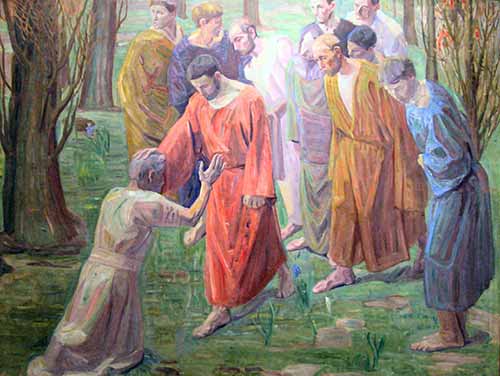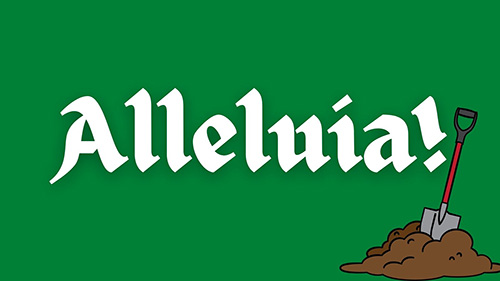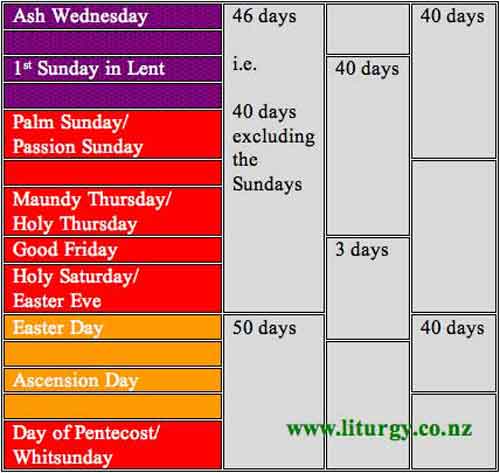
In my series, Mark in Slow Motion, I have commented on this Sunday’s Gospel:
A leper came to him begging him, and kneeling he said to him, ‘If you choose, you can make me clean.’ Moved with pity, Jesus stretched out his hand and touched him, and said to him, ‘I do choose. Be made clean!’ Immediately the leprosy left him, and he was made clean. After sternly warning him he sent him away at once, saying to him, ‘See that you say nothing to anyone; but go, show yourself to the priest, and offer for your cleansing what Moses commanded, as a testimony to them.’ But he went out and began to proclaim it freely, and to spread the word, so that Jesus could no longer go into a town openly, but stayed out in the country; and people came to him from every quarter.
Mark 1:40-45
Καὶ ἔρχεται πρὸς αὐτὸν λεπρὸς παρακαλῶν αὐτὸν καὶ γονυπετῶν αὐτὸν καὶ λέγων αὐτῷ ὅτι Ἐὰν θέλῃς δύνασαί με καθαρίσαι
ὁ δὲ Ἰησοῦς σπλαγχνισθεὶς ἐκτείνας τὴν χεῖρα ἥψατο αὐτοῦ καὶ λέγει αὐτῷ Θέλω καθαρίσθητι·
καὶ εἰπόντος αὐτοῦ εὐθὲως ἀπῆλθεν ἀπ᾽ αὐτοῦ, ἡ λέπρα καὶ ἐκαθαρίσθη
καὶ ἐμβριμησάμενος αὐτῷ εὐθὲως ἐξέβαλεν αὐτόν
καὶ λέγει αὐτῷ Ὅρα μηδενὶ μηδὲν εἴπῃς ἀλλ᾽ ὕπαγε σεαυτὸν δεῖξον τῷ ἱερεῖ καὶ προσένεγκε περὶ τοῦ καθαρισμοῦ σου ἃ προσέταξεν Μωσῆς, εἰς μαρτύριον αὐτοῖς
ὁ δὲ ἐξελθὼν ἤρξατο κηρύσσειν πολλὰ καὶ διαφημίζειν τὸν λόγον ὥστε μηκέτι αὐτὸν δύνασθαι φανερῶς εἰς πόλιν εἰσελθεῖν ἀλλ᾽ ἔξω ἐν ἐρήμοις τόποις ἦν· καὶ ἤρχοντο πρὸς αὐτὸν πανταχόθεν
λεπρὸς – probably not today’s leprosy, but a contagious skin disease.
The person who has the leprous disease shall wear torn clothes and let the hair of his head be dishevelled; and he shall cover his upper lip and cry out, ‘Unclean, unclean.’ He shall remain unclean as long as he has the disease; he is unclean. He shall live alone; his dwelling shall be outside the camp.
Lev 13:45-46
καθαρίσαι – means “declare clean”. Declare clean is what the priest is to do (Lev 13:17,28).
The leper is challenging Jesus: you could declare me clean if only you would dare!
Most texts read σπλαγχνισθείς – moved with compassion (the word makes clear, our “guts” are the seat of compassion); ὀργισθείς is read by Codex Bezae (D), and a few Latin mss (a ff2 r1*) – Jesus is angry. “Jesus was indignant” (NIV) The harder reading is to be preferred lectio difficilior potior. Copyists are more likely to alter “anger” to “compassion” than “compassion” to “anger”. Is Jesus angry with the leper for challenging him? Possibly. Is Jesus angry with the whole purity system that has treated the leper in this way? Probably.
ἥψατο – by touching a leper, Jesus treats the leper as clean. [stretch out and touch are both in the historical present].
Jesus defies the Torah and rather than contracting leprosy, Jesus heals the leper!
ἐμβριμησάμενος – “sternly warning” can be translated “snorting with indignation”.
ἐξέβαλεν – can be understood as “sent him back“. This can mean the leper had already been to the priests and the leper’s request had been denied.
This story may connect with the Malachi quote of Mark 1:2 (Mal 3:3-5)
At the end of the story, “Jesus could no longer go into a town openly, but stayed out in the country” – by healing the leper, by touching the leper, Jesus ends up being leper-like. A leper “could not go into a town openly, but stayed out in the country”. Jesus’ challenge of the priests backfires when the leper does not follow Jesus’ instructions. There is a Markan theme here: liberation leads to conflict.
As this year the Sunday Gospel reading focus is on St Mark’s Gospel, This is some of my personal study and Lectio Divina with that Gospel.
Bury The Alleluia

This coming Sunday (11 February 2024) is the last Sunday we use “Alleluia”. “Alleluia” is not used during Lent which begins the following Wednesday (14 February 2024). “Alleluia” will next be heard at the Easter Vigil.
A children’s activity could involve Burying the Alleluia. You can be creative about this. Maybe there is a banner (or banners, or even an altar cloth) with “Alleluia” on it. This could be put into a box and stored, or even buried. Obviously children can participate enthusiastically in this.
Or children could be encouraged to produce their own “Alleluia” artwork – this could be collected and they, again, could put them into a box for storage or burying.
On Easter Eve, the box can be dug up or taken out of storage and the Alleluias can be displayed as part of the Easter Season celebration.
A children’s talk can explain the significance and meaning of “Alleluia” (some adults may not know either!) and how responses in the Easter Season have “Alleluia” added to them.
All this is just as possible to do as an activity at home – as well, if you like..
Lent Resources

Readers are in different contexts because of Covid19. Many of you are already experiencing Lent. What is presented here can be adapted to use at home and/or streamed or recorded.
You are encouraged to use material from this site. Especially if you reproduce material, please note the Terms of Use.
Ash Wednesday Collect
Let us pray (in silence) [for grace to keep Lent faithfully.]
pause
Almighty and everlasting God,
you hate nothing that you have made
and forgive the sins of all who are penitent:
create and make in us new and contrite hearts,
that we, worthily lamenting our sins
and acknowledging our wretchedness,
may receive from you, the God of all mercy,
perfect remission and forgiveness;
through Jesus Christ your Son our Lord,
who is alive and reigns with you,
in the unity of the Holy Spirit,
one God, now and for ever.
Amen.
Ash Wednesday is a solemn focusing on sin, repentance, and our need for forgiveness. Most tend to underplay sin nowadays (and, yes, that’s in reaction to its over-stressing in the past), but Ash Wednesday is a reminder of its dreadful reality. The tone of the collect is, hence, appropriate. Obviously we cease using the collect that we used daily from Sunday, and use this one from Ash Wednesday until first evening prayer of Sunday Lent 1. After that, if you want to use it throughout Lent, don’t have two collects following each other – this collect can be used to conclude the Prayers of the People (or even as the Prayer after Communion).
Here is my commentary for this collect for Ash Wednesday.
Lent Resources
Shrove Tuesday
A hymn for Shrove Tuesday
What is Lent?
NB. The “Glory to God in the highest” is not used in the Eucharist. The word “Alleluia” is not used at all. There are no flowers in church during Lent.
Lent candle ritual
Lenten preparation (catechumenate)
Ash Wednesday
Lent
receiving the Lord’s Prayer (catechumenate)
receiving the creed (catechumenate)
enrolment for baptism (catechumenate)
Palm Sunday
Maundy Thursday
Good Friday
Resources off this Site
- Resources for Lent on Christine Sine’s Godspace
If you have a Lent resource to share, please add it in the comments. It is also worthwhile to check the comments of this post.
Mark in Slow Motion
I have been working on a series of reading Mark (this year’s primary Sunday Gospel) in slow motion:
Mark in Slow Motion 1
Mark in Slow Motion 2
Mark in Slow Motion 3
Mark in Slow Motion 4
Mark in Slow Motion 5
Mark in Slow Motion 6
Mark in Slow Motion 7
Mark in Slow Motion 8
Mark in Slow Motion 9
Mark in Slow Motion 10
Mark in Slow Motion 11
Mark in Slow Motion 12
Mark in Slow Motion 13
Mark in Slow Motion 14
Mark in Slow Motion 15
Mark in Slow Motion 16
Do follow:
The Liturgy Facebook Page
The Liturgy Twitter Profile
The Liturgy Instagram
and/or sign up to a not-too-often email


